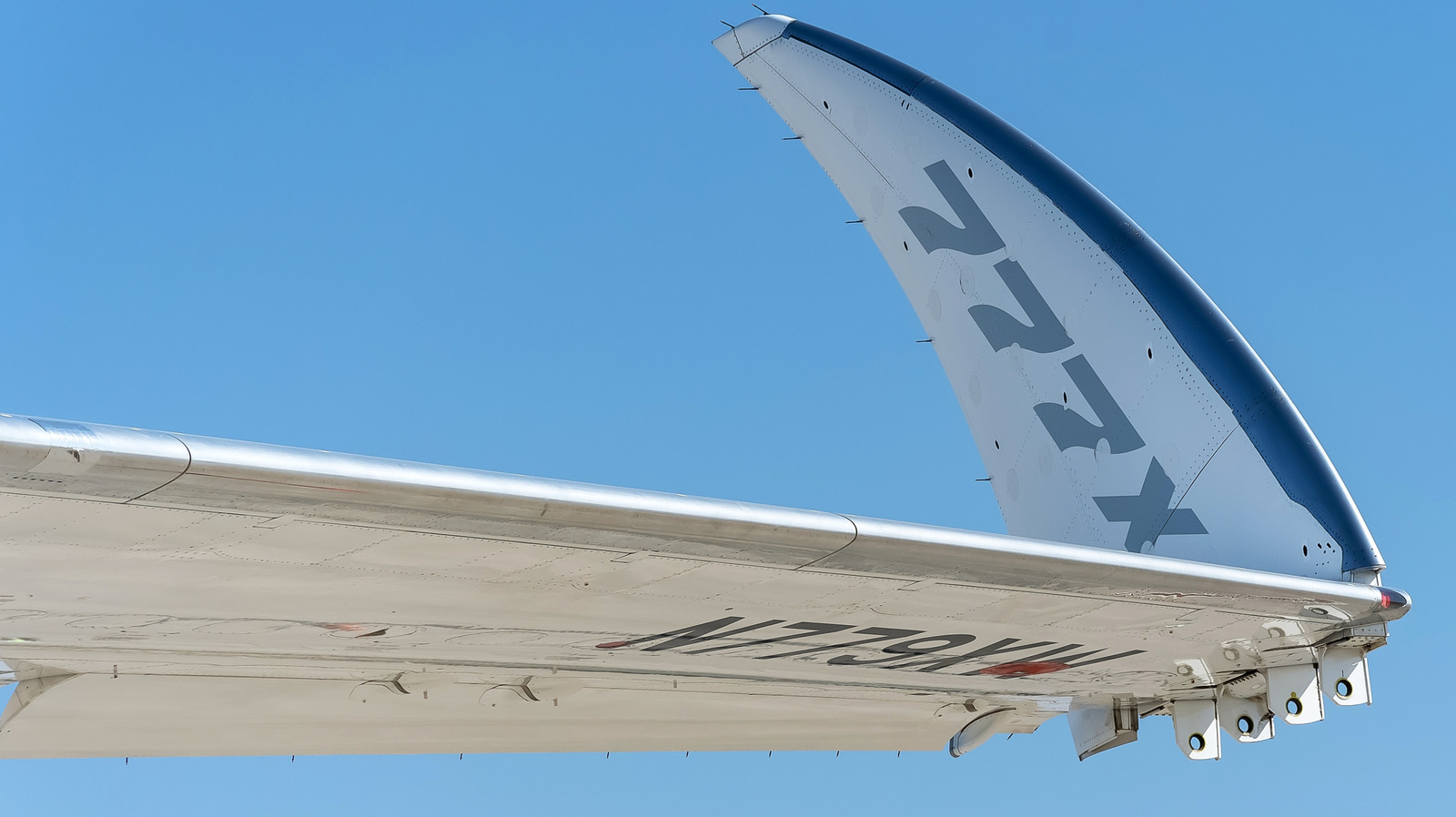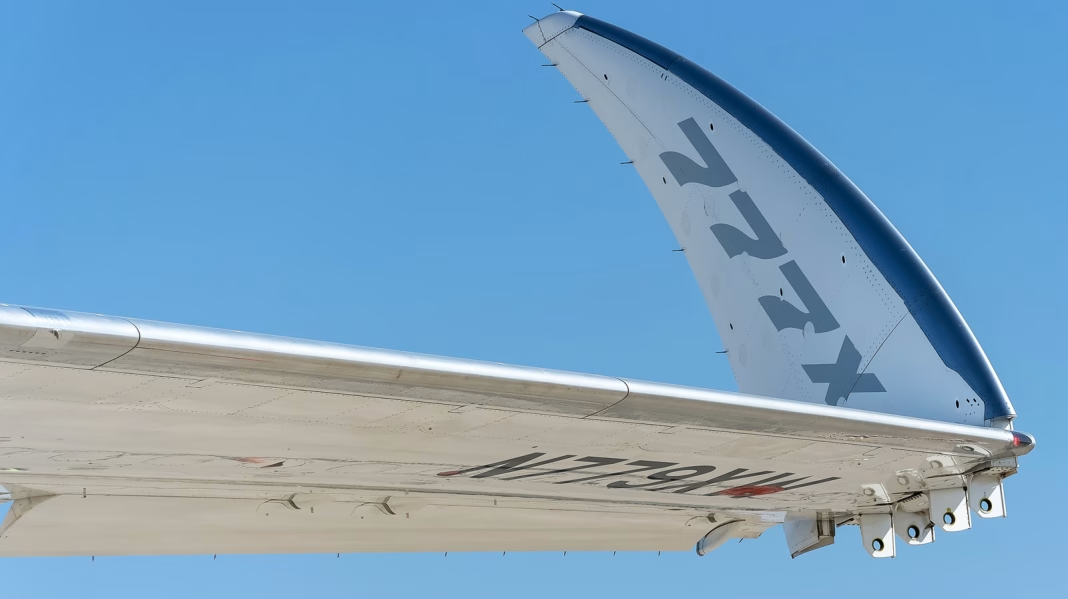Why Did Boeing Design the 777X With Folding Wingtips?
If you’ve ever watched a modern jet taxiing at a busy airport, you know space is tight. The Boeing 777X takes this challenge to a whole new level. Its wingspan stretches an impressive 235 feet—longer than a 747’s—thanks to advanced carbon-fiber construction that boosts fuel efficiency and range. But here’s the catch: most airport gates were never built for wings that wide.
That’s where the folding wingtips come in. By allowing the outer 11 feet of each wing to fold upward while on the ground, the 777X can squeeze into the same parking spots as older 777s and other large jets. It’s a clever solution that lets airlines operate bigger, more efficient planes without forcing airports to rebuild their infrastructure. According to Boeing, this innovation was essential for making the 777X practical for real-world airline operations.
What Makes the 777X’s Folding Wingtips Different From Other Aircraft Features?
Folding wings aren’t brand new—military planes and carrier-based aircraft have used them for decades. But the 777X is the first commercial airliner to use this technology. That’s a big leap, considering the safety and reliability standards required for passenger flights.
Boeing’s engineers had to design a system that’s both robust and foolproof. The folding mechanism is fully automated and can’t be operated in flight. Sensors and locking systems ensure the wingtips are securely locked before takeoff, with cockpit alerts if anything’s amiss. The Federal Aviation Administration (FAA) even created new certification rules specifically for this technology, underscoring how groundbreaking it is for commercial aviation.
How Do Folding Wingtips Improve Performance and Efficiency?
Here’s where things get really interesting. Longer wings mean better aerodynamics. The 777X’s wings generate more lift and less drag, which translates to lower fuel burn and longer range. Boeing claims the 777X will be 10% more fuel-efficient than its competitors, a big deal for airlines facing rising fuel costs and environmental pressures.
But those benefits only matter if the plane can actually operate at existing airports. By folding the wingtips, the 777X meets the same “Group V” airport standards as the current 777-300ER, so it doesn’t need special accommodations. Airlines get the best of both worlds: a bigger, more capable plane that fits into today’s airport infrastructure.
What Challenges Have Delayed the 777X’s Entry Into Service?
The 777X’s journey hasn’t been smooth. Boeing originally planned to deliver the first jets in 2020, but a series of technical and regulatory hurdles pushed that timeline back—now, first deliveries are expected in 2025 at the earliest. Some of the delays stem from the complexity of the new folding wingtip system, which had to pass rigorous safety tests.
Other setbacks include issues with the GE9X engines (the world’s largest turbofans), software integration, and the need for additional certification scrutiny after the 737 MAX incidents. The COVID-19 pandemic didn’t help, either, slowing down production and testing. Despite these challenges, major airlines like Emirates, Lufthansa, and Qatar Airways are still counting on the 777X to modernize their long-haul fleets.
Are There Any Real-World Examples of Folding Wingtips in Action?
While the 777X hasn’t entered commercial service yet, Boeing has been putting the folding wingtips through their paces during extensive ground and flight testing. Videos from test flights show the wingtips folding up as the plane taxis, then locking down before takeoff. Engineers have simulated thousands of folding cycles to ensure reliability over the aircraft’s lifetime.
It’s worth noting that the folding mechanism is designed to operate in all weather conditions, with backup power sources and manual overrides. That means airlines won’t be left stranded if something goes wrong. The system’s reliability will be closely watched once the 777X starts flying passengers, but so far, test results have been promising.
What Does This Mean for the Future of Air Travel and Aircraft Design?
The 777X’s folding wingtips could set a precedent for future widebody jets. As airlines push for greater efficiency and airports become more congested, adaptable wing designs might become the norm. Airbus and other manufacturers are already studying similar concepts for next-generation aircraft.
There’s also a sustainability angle. By enabling longer, more efficient wings without requiring new airport construction, folding wingtips help airlines reduce emissions and operating costs. That’s a win for both the environment and the bottom line.
The big takeaway? The 777X’s folding wingtips aren’t about perfection—they’re about smarter adjustments. Start with one change this week, and you’ll likely spot the difference by month’s end. Sometimes, the best solutions aren’t about reinventing the wheel—they’re about making what you have work just a little bit smarter.


